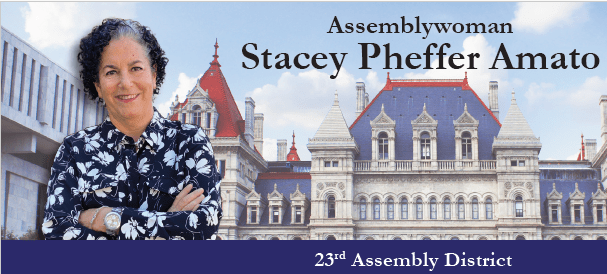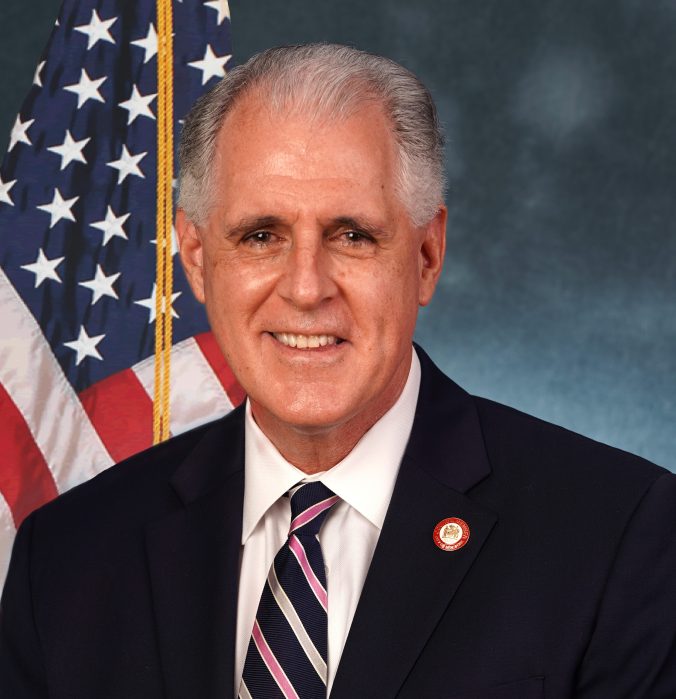Job protection is high on the list of anyone who is fortunate enough to have a good job in today’s market.
Whenever labor union negotiations begin, job protection is the engine that drives the conversation and any threat to a member’s livelihood invokes an angry response from the rank and file.
So it is with elected officials. Following the 2010 Census count, New York-like all other states-was required to realign their legislative and Congressional districts based, theoretically, on the movement of population over the last decade.
The primary purpose of redistricting is to establish districts which are “reasonably equal” in population; other provisions also called for districts to be racially and ethnically balanced.
The redistricting process is controlled by the state legislature, where the Assembly is dominated by Democrats and the State Senate is controlled by Republicans. In the past, the state has continually passed redistricting plans which were plagued by politics, resulting in awkwardly-shaped legislative districts designed by those in charge for the sole purpose of keeping the incumbents in power.
Before the process began last year, good government groups and all the elected officials vowed that this time would be different. Pledges were taken to leave the latest round of redistricting to an independent commission that would draw the lines based on population, not politics.
There has been a grassroots push by various citizens groups such as ReShapeNY, Citizens United, Common Cause, Asian American Legal Defense and Education Fund, LatinoJustice and Mayor Ed Koch’s New York Uprising group, to participate in redistricting reform and creation of an independent apportionment commission.
Of course, none of those promises were kept, and nobody in Albany listened to those grassroots reformers. The state legislature convened a joint committee which last week proposed new Assembly and State Senate district maps that took the definition of “gerrymandering” to new heights.
Gerrymandering was named after Elbridge Gerry, who was the governor of Massachusetts in 1812. That year, he signed a bill to redraw the district boundaries to favor he Democrats and weaken the Federalists, who had better number in the voting booth. The shape of the district he formed was likened in appearance to a salamander, hence the name “gerrymander.”
Turns out that Albany lawmakers showed just as much creativity in their proposed district maps this year, as some of the proposed districts resemble sea creatures such as lobsters, crabs and octopi.
The joint legislative committee has yet to unveil its proposed Congressional district maps, which figures to be just as intriguing since the state is losing two seats in Congress.
Gov. Andrew Cuomo has promised to veto district maps that promote partisan interests. Let’s hope he throws this plan right in the garbage the minute it reaches his office.
If that happens, redistricting could wind up being decided by the courts. That wouldn’t be ideal, but it would certainly be better than allowing the gerrymandering games to continue.
We urge our readers to closely monitor the shenanigans taking place in Albany-and hold legislators accountable for their actions in only thinking of themselves and their jobs.































